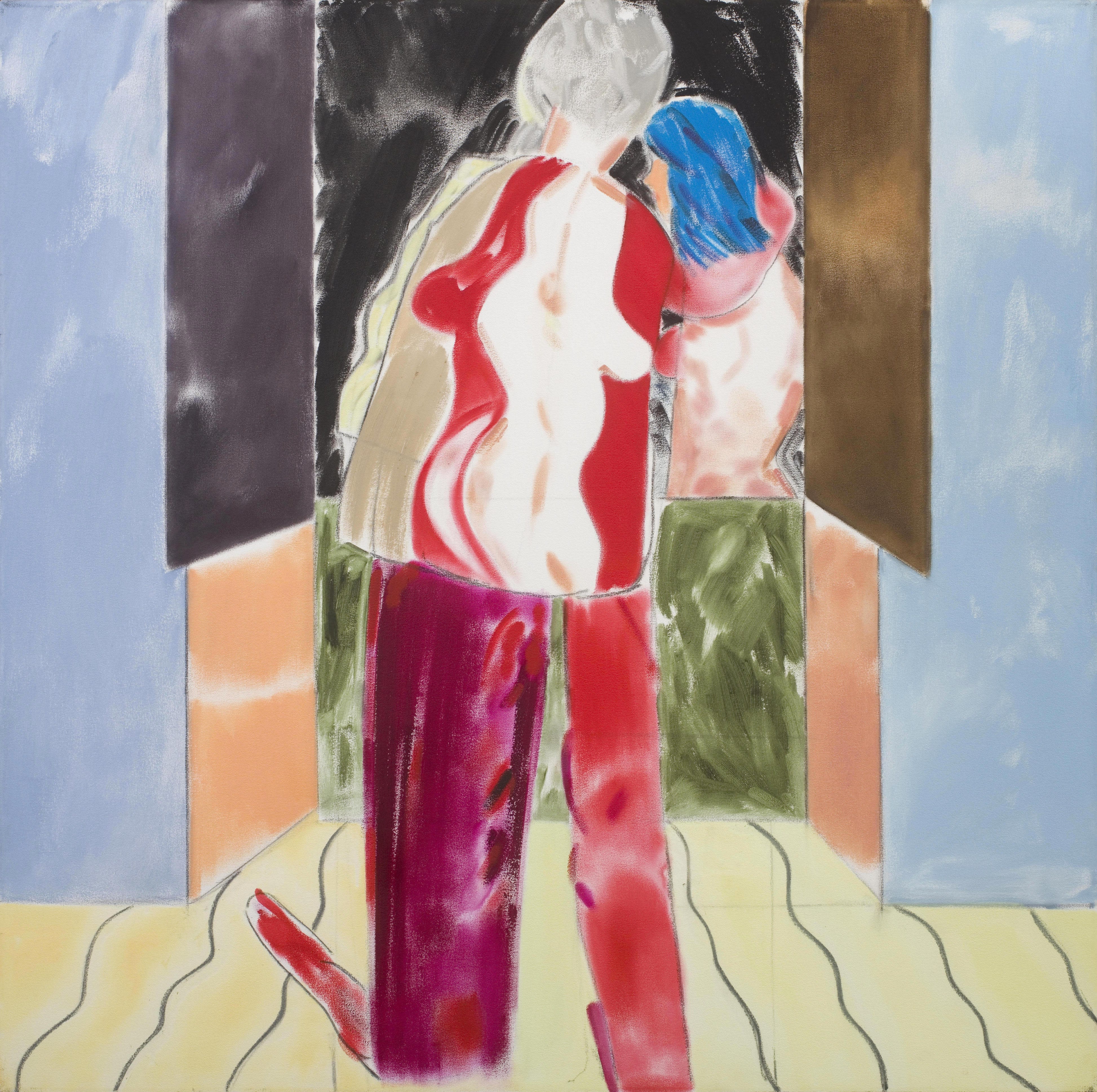Piano Nobile are delighted to announce their representation of the R.B. Kitaj Estate.
R.B. Kitaj (1932 - 2007) was one of the great figure painters of his generation. In complex and often deeply personal paintings, he explored the depths of human nature. Great art of the past was a guiding light, even as he digested and re-imagined a huge range of source material from Spaghetti Westerns to scholarly journals of art history.
In 2023 Piano Nobile will host a pioneering exhibition of Kitaj's work.
For press enquiries and available works please contact the Gallery.
Biography
R.B. Kitaj was born in Cleveland, Ohio, in 1932. He studied at the Cooper Union Institute in New York, the Academy of Fine Arts, Vienna, the Ruskin School, Oxford, and the Royal College of Art, London. His first solo exhibition - Pictures with Commentary. Pictures without Commentary - was held at Marlborough Fine Art, London, in 1963.
In 1976, Kitaj was invited by the Arts Council of Great Britain to select a group of British works connected by a common theme. His selection formed the basis for the seminal exhibition The Human Clay. The show included works by Bacon, Freud, Auerbach, Kossoff, Moore, Hodgkin, Hockney, Kitaj himself, and many others. In his essay for the catalogue, Kitaj referred to 'a School of London', an influential concept which has shaped perceptions of art in post-war London ever since. Kitaj has been consistently identified as one of the leading artists in this milieu and was included in the 2016 Getty Museum exhibition, London Calling, and the 2018 Tate Britain exhibition, All Too Human.
Alongside his art, Kitaj was a profound thinker capable of penetrating self-analysis and cultural commentary. In 1989, he published the First Diasporist Manifesto, the longest and most impassioned of his many texts discussing the Jewish dimension in his art and thought. From the beginning of his career, his interests in history, politics, philosophy and identity supercharged his art with a rich array of connotations.
His various honours include election to the American Academy of Arts and Letters in 1982. In 1984, he became the first American since John Singer Sargent to be elected as an Associate of the Royal Academy of Arts. Numerous retrospective exhibitions of his work have been held, including those at the Hirshhorn Museum, Washington, D.C., the Tate Gallery, Los Angeles County Museum of Art, and the Metropolitan Museum of Art, New York. In 1997 he left London and moved to Los Angeles, where he died in 2007.
Writing in 2017, his great friend David Hockney wrote of his respect and admiration for Kitaj. ‘Ron was a great influence on me, far more than any other factor’. Kitaj was admired for his seriousness, which distinguished him from an early age. Combined with the visual and intellectual clarity of his work, it is that seriousness which assures Kitaj of his place in art history.
For further information on the artist please visit our arists page.


